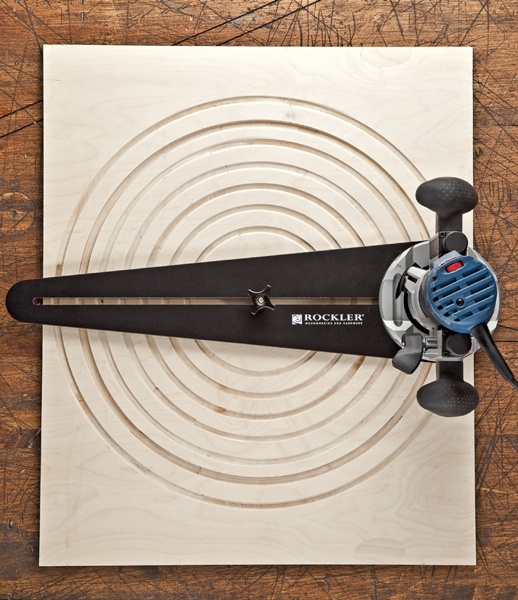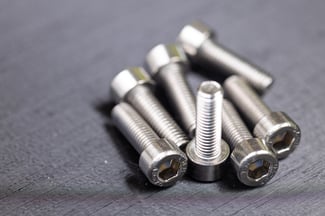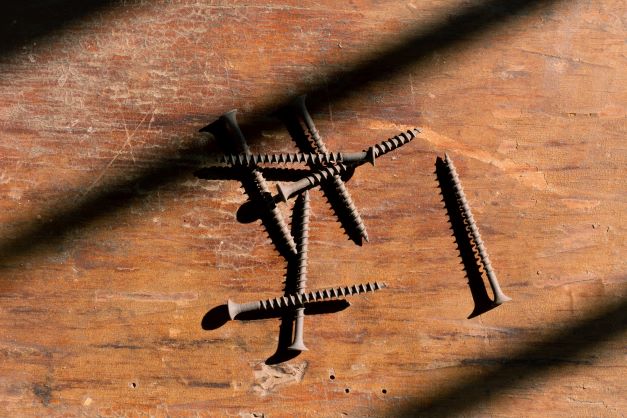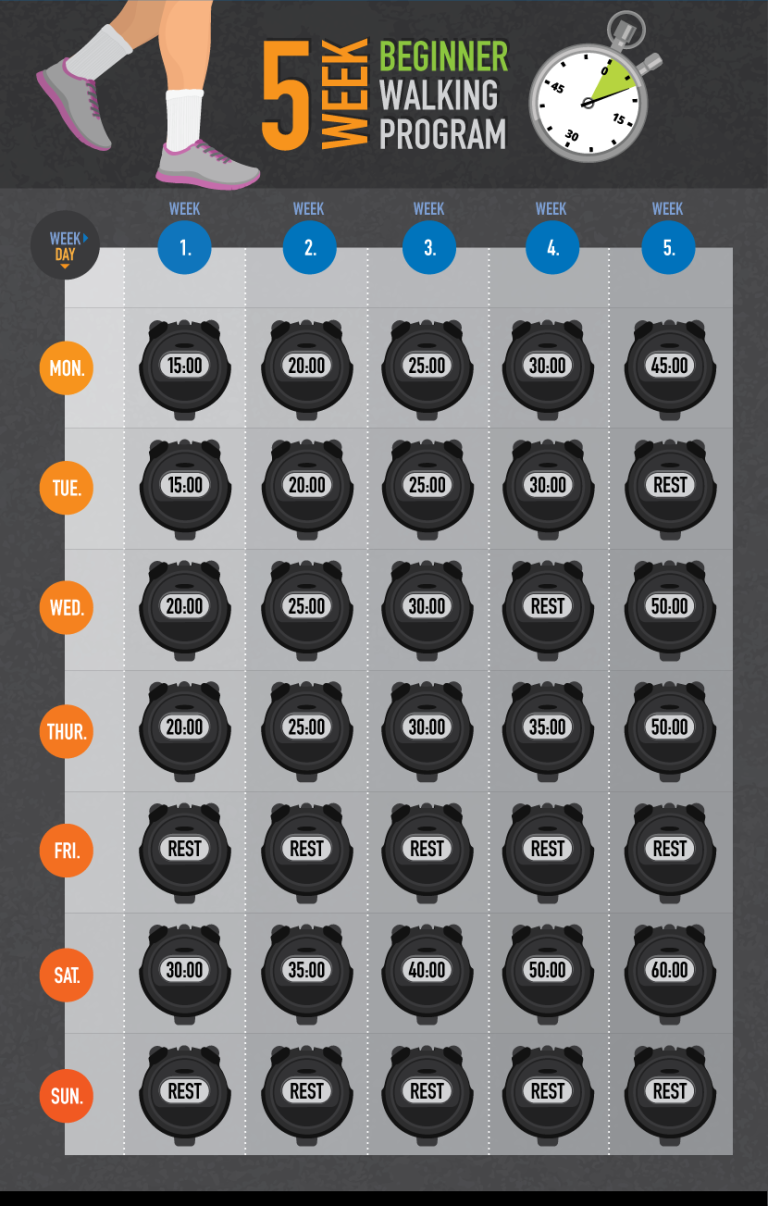Oil Vacuum Pumps: Essential Garage Equipment
Oil vacuum pumps are essential pieces of equipment in any car garage, various industries, and other sectors involved in maintaining and performing oil changes of machinery and equipment, as the tool allows for the removal of used oil quickly and efficiently.
Given the importance of this tool, we’ll be taking an in-depth look at the advantages and benefits of an engine oil extractor, as well as helping you choose the right equipment to meet the needs of your business.
Why is it important to remove used oil from a car engine?
Oil is an essential element to ensure the proper functioning of the engine, lubricating car parts and preventing their premature wear. However, removing all used oil from a car engine is important.
Over time, the oil becomes contaminated with impurities such as metal particles and dust, reducing its efficiency in lubricating the engine.
In addition, oil degrades over time, leading to friction between parts and, therefore, increased wear.
When used oil is not removed from the engine, it can cause damage to the engine, clogging oil passages, increasing friction between parts, and decreasing its cooling efficiency, among other problems.
In extreme cases, it can even lead to complete engine failure.
As such, a vehicle oil vacuum pump is essential to ensuring this vital component of any vehicle is functioning as well as possible.
![]()
- Engine Oil Pump: What they are and how they work
What is an Oil Vacuum Pump?
An oil vacuum pump is a piece of equipment used to remove oil from a car’s gearbox or the engine oil pump.
It works like a conventional vacuum pump, but instead of sucking in air, it sucks in oil and stores it in a container to be reused later.
Oil is essential to ensuring the proper functioning of vehicle components, as it lubricates parts and prevents premature wear.
However, over time, vehicle oil can become contaminated with impurities such as metal particles and dust and can become less efficient at lubricating parts. In addition, it can leak, compromising the remaining parts.
What is the purpose of an Oil Vacuum Pump?
Oil vacuum pumps remove used and/or contaminated oil.
What types of Oil Vacuum pumps are there?
There are currently several types of oil vacuum pumps, each with its own characteristics. The most common are manual or automatic oil extractors.
In short, the main models of engine oil extractors are:
-
Manual Vacuum Pump
Manual vacuum pumps are a simpler model consisting of a suction tube placed directly in the oil reservoir and a container used to store the aspirated oil;
-
Pneumatic Oil Vacuum Pump
Pneumatic oil vacuum pumps work by employing compressed air, which can extract the oil quickly and efficiently. An air compressor is required to operate this type of vacuum pump;
-
Electric oil vacuum pump
Electric oil vacuum pumps are able to extract large amounts of oil in a short period of time. They have an electric motor that drives a suction pump and a storage container.

What are the advantages of using oil vacuum pumps?
Using an oil vacuum pump provides several advantages, such as:
- Accuracy, providing more accurate removal of oil;
- Increased workplace productivity, allowing for less time to be spent changing engine oil;
- Efficiency, as they suck up large amounts of oil in a short period of time, increasing efficiency in removing contaminated oil.
How do you choose the right oil vacuum pump?
To choose the model of oil vacuum pump that best suits your garage, consider the following characteristics:
- Pump engine power;
- Ability to handle different types of oil and workplaces;
- Ease of use (whether it is easy to carry or ergonomic);
- Tank oil capacity, as well as the flow rate of the equipment.
What care and maintenance does an oil vacuum pump require?
To ensure the effective performance and durability of your engine oil vacuum pump, it is important that care is taken of it and that it is properly maintained. Here are some tips:
-
Refer to your vehicle owner’s manual
Read the owner’s manual before using your oil extractor to ensure you understand how to use it correctly and adopt all necessary safety measures;
-
Keep your oil vacuum pump clean
Keep your oil vacuum pump clean by removing residual oil and dirt after each use;
-
Regularly check your vacuum pump filters
Regularly check vacuum pump filters and replace them as recommended by the manufacturer, as dirty or clogged filters can affect equipment efficiency.
-
Check extractor parts regularly
Regularly check extractor parts such as hoses to ensure they are not damaged or worn. Replace damaged parts immediately;
-
Store your oil vacuum pump in a clean, dry location
Store your oil vacuum pump in a clean, dry place away from moisture and sources of excessive heat, in a tool cabinet, for example.
In addition to these precautions, the equipment must be maintained per the manufacturer’s recommendations. This ensures it remains properly operational and extends its service life.
Which oil vacuum pumps are available in the KROFtools catalogue?
To optimise your garage’s work processes, the KROFtools catalogue contains models of oil extractors that adapt to various services.
Read on to find out which.
90L Pantograph Oil Drainer with Prechamber

Fitted with a 90L tank, this piece of equipment has both a suction and drain hose, each of which is 2 metres long. It has a maximum drain pressure capacity of 4-7 BAR.
Click on the image to find out more about our 90L Pantograph Oil Drainer with Prechamber (ref. 9700).
90L Oil Drainer with Prechamber

Fitted with a 90L tank, this vacuum pump has a depressurisation time of 2 minutes and an oil suction speed of 1.5-2 L per minute.
Click on the image to find out more about our 90L Oil Drainer with Prechamber (ref. 9710).
Oil Vacuum Extractor with Measuring Cup 90L

It features a pressure and vacuum capacity of 0.4-0.6 MPa and an oil discharge pressure of 0.04 MPa.
Click on the image to find out more about our Oil Vaccum Extractor with Measuring Cup 90L (ref. 9730).
To adapt this oil extractor to different circumstances and services, add the following accessories:
- Pressure gauge (ref. 9730M);
- Measuring Cup (ref. 9730V);
- 3PCS Suction Pipes Kit (ref. 9730S3).
12-volt Transfilling Pump

This Transfer Pump has a 12V engine and an oil flow of 1.5 L per minute.
Click on the image to find out more about our 12-volt Transfilling Pump (Ref.3285).
How much does an Oil Vacuum Pump cost?
The price of an oil extractor varies according to its characteristics and brand. However, average prices can vary between 400 and 1100 euros.
Interested in finding out more about the world of all-things cars? Then follow us on Facebook and keep up with our daily content.
![]()





